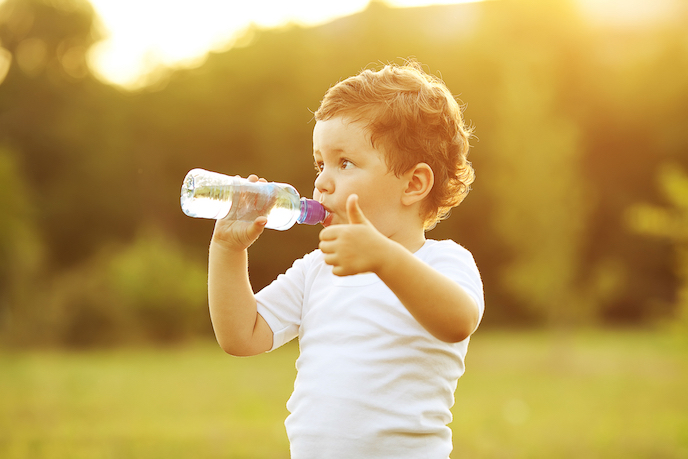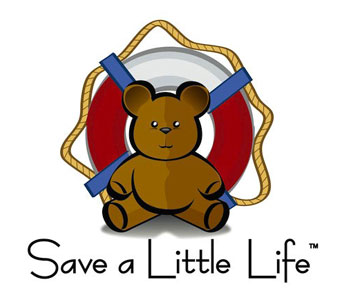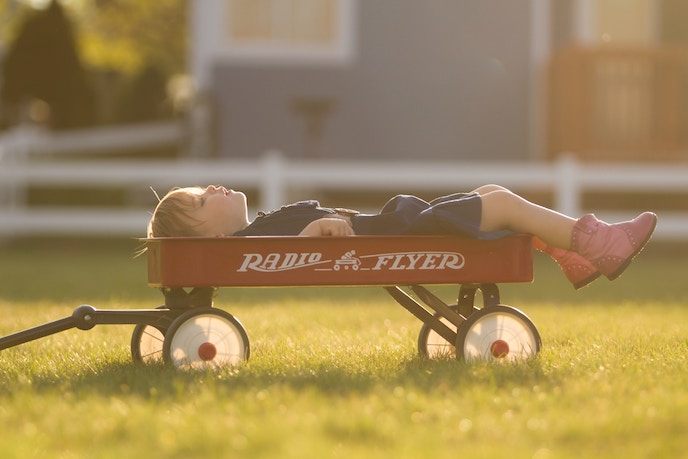El Niño is here and for many that means soaring temperatures. As Summer enters its hottest days, it is crucial that we pay close attention to the heat and our reaction to it, especially where infants and children are concerned.
The Children’s Hospital of Pittsburgh reminds us to follow this protocol with children on hotter days:
1. Be sure that your little ones drink plenty of water throughout the day… even before they become thirsty

2. Maintain good supervision, especially during playtime, and be alert for signs of heat distress
3. Consider limiting time outdoors during the hottest part of the day
4. Playing in shady areas is always helpful
5. Have your children wear loose fitting clothing that breathes
Heat exhaustion may occur if activities continue on hotter days. If symptoms of heat exhaustion occur, stop the activity and have them drink plenty of water.
Become familiar with symptoms of dehydration, heat exhaustion or heat stroke.
SIGNS OF HEAT STROKE
- Headache, irritability, light-headedness, excessive fatigue or inability to play at a normal level
- Heat related muscle cramps
- Persistent muscle contractions during and after activity

Take immediate steps to cool the child down if you notice any of the following symptoms:
- Trouble playing or inability to keep playing
- Lightheadedness, fainting, or loss of consciousness
- Heavy sweating
- Pale skin
- Headache, nausea, vomiting, or diarrhea
- Persistent cramping
If the child does not recover quickly, seek medical attention.
Call 9-1-1 if things worsen, such as seizures, irrational behavior, increase in body core temperature, or rapid breathing. While waiting for help, continue cooling measures.


